What is height safety inspection?
Height safety inspection involves the assessment and evaluation of safety measures and equipment installed at heights, such as Anchor Points, Lifelines and Rail Systems, Ladders, Guardrails, and Platforms, as well as Harness, Lanyards, Rope Kits, Karabiners and accessories. These inspections ensure compliance with safety regulations and standards, reducing the risk of falls and accidents.
Why are height safety inspections important?
Height safety inspections are crucial for maintaining a safe working environment for individuals working at heights. Regular inspections help identify potential hazards, ensure equipment is functioning correctly, and prevent accidents. Compliance with safety regulations also protects businesses from legal liabilities.
How often should height safety inspections be conducted?
The frequency of height safety inspections depends on various factors, including regulatory requirements, the type of equipment installed, and the level of risk associated with the work environment. Typically, inspections should be conducted at least annually for permanent Height Safety Systems or more frequently if there are changes to equipment or work conditions. Harness equipment should be inspected at least six-monthly, or more frequently if used in harsh environments where exposure to chemicals, dust, dirt or soil is expected.
What is involved in a height safety audit?
A height safety audit involves a comprehensive review of an organisation’s safety systems, methods, and equipment related to working at heights. This includes evaluating the effectiveness of existing safety measures, identifying areas for improvement, and ensuring compliance with relevant regulations and standards.
Who should perform height safety audits?
Height safety audits should be conducted by qualified and experienced professionals with expertise in height safety regulations and industry best practices. These professionals may include certified safety inspectors, engineers, or consultants specialising in height safety.
What are the benefits of height safety consulting?
Height safety consulting provides expert guidance and recommendations to organisations on implementing effective safety measures and complying with regulatory requirements. Consulting services help businesses develop customised safety solutions tailored to their specific needs, ultimately reducing the risk of accidents and ensuring compliance.
How can I ensure my business remains compliant with height safety regulations?
To ensure compliance with height safety regulations, businesses should regularly conduct inspections, audits, and risk assessments of their work environments. It’s also essential to stay updated on relevant regulations and standards and invest in proper training for employees working at heights.
What should I do if I discover safety deficiencies during an inspection or audit?
If safety deficiencies are identified during an inspection or audit, it’s crucial to take immediate corrective action to address the issues. This may involve repairing or replacing faulty equipment, updating safety policies and procedures, or providing additional training to employees. Failure to address safety deficiencies promptly could result in increased risk and potential legal consequences.
How can I request height safety inspection, auditing, or consulting services for my business?
To request height safety services for your business, please contact Urban Apex directly through our website or by phone. Our team of experts will work with you to assess your needs and develop a tailored solution to ensure the safety of your employees working at heights.
What sets Urban Apex apart in the field of height safety inspection, auditing, and consulting?
Urban Apex is committed to delivering superior height safety solutions tailored to the unique needs of each client. As highly qualified professionals with years of experience in the industry, we prioritise safety, compliance, and customer satisfaction. Our comprehensive approach to height safety ensures peace of mind for businesses, their employees, and contractors.
Did we answer your question? If not, contact us for more info.

Get in touch
Request a consultation, or proposal, or just get in touch for a chat
